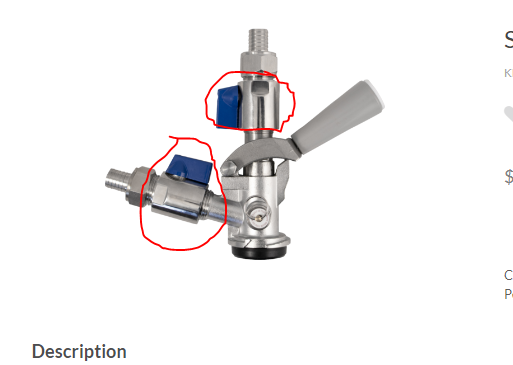Hey everyone. Acquired a couple of sanke kegs today from a fellow HBT member. Looking to come up with a plan to clean them. I have yet to take them apart and these are our first 2 sanke style kegs. From my understanding of how they work...
1. Cleaner will have to be run through the spear, and then the spear will have to be removed to run cleaner through the main body of the keg, correct? I can't imagine just running cleaner through the spear will get the main body of the keg clean...
2. Anyone have any good diy sanke keg cleaners that are reasonably cheap to make?
I have an SSBT Corny keg cleaner which I might be able to use once the spear is out... but gotta piece that together still.
Any tips appreciated.
1. Cleaner will have to be run through the spear, and then the spear will have to be removed to run cleaner through the main body of the keg, correct? I can't imagine just running cleaner through the spear will get the main body of the keg clean...
2. Anyone have any good diy sanke keg cleaners that are reasonably cheap to make?
I have an SSBT Corny keg cleaner which I might be able to use once the spear is out... but gotta piece that together still.
Any tips appreciated.





